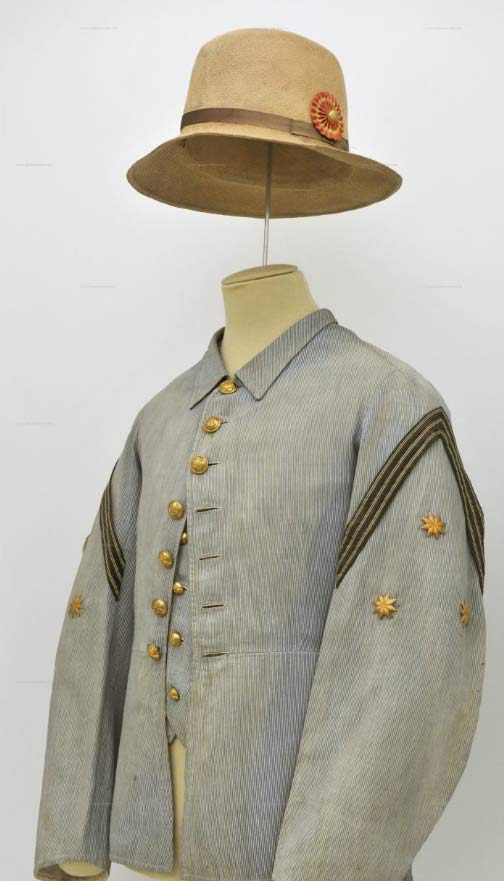
Today when people think of Danish colonies Greenland likely comes to mind, and that’s not exactly the sort of place where a sun helmet is often required. However, Denmark was a colonial power in tropical regions and while it never really competed with the British, French, Spanish or Dutch in the Caribbean, the first Danish colony was founded in the West Indies in the 1660s.
The Danish West India Company was organized on March 11, 1672 and soon after established a settlement on St. Thomas. The Danish West Indies were invaded twice by the British – the first time during the French Revolutionary Wars and the second time during the Napoleonic Wars. Following those bloodless invasions the islands were at relative peace and managed by the Danish West Indies Gendarmerie as well as the West Indian Military Forces. Continue reading →


 While not a “fighting unit” in the traditional sense, the Indian Medical Service (IMS) was a military medical service in British India. Many of its officers, who were both British and Indian, served in civilian hospitals and the unit saw service in both World Wars – with many of its doctors heading to the front lines with the Indian Army.
While not a “fighting unit” in the traditional sense, the Indian Medical Service (IMS) was a military medical service in British India. Many of its officers, who were both British and Indian, served in civilian hospitals and the unit saw service in both World Wars – with many of its doctors heading to the front lines with the Indian Army.  While the sun/pith helmet originated in India, as we have noted the British were not alone in considering the
While the sun/pith helmet originated in India, as we have noted the British were not alone in considering the 


